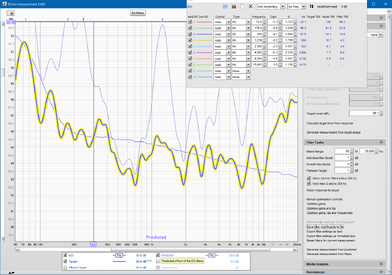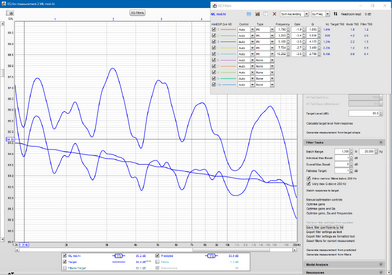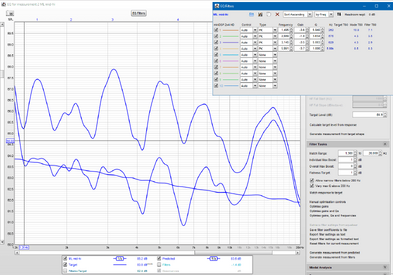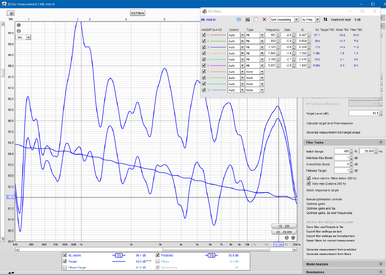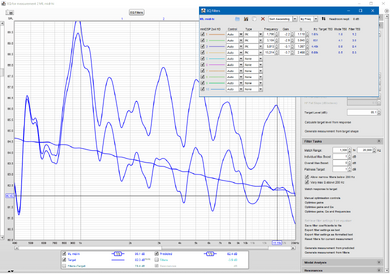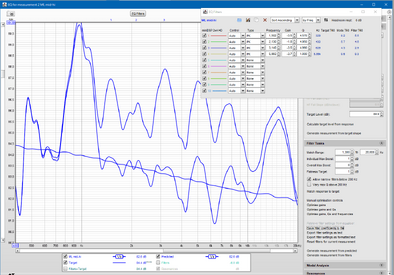dima1stg
Registered
Thread Starter
- Joined
- Dec 3, 2019
- Posts
- 65
In this particular case "match response to target" leaves area above about 11Khz unaffected, leaving almost 5db gain, despite having 2 unused filters, but there is one generated 15.5khz filter but it has 0 gain. Tried various target level values with no effect. I've seen this behaviour before but very small tweaking of target level fixed it then, but not now. Please see attached.








